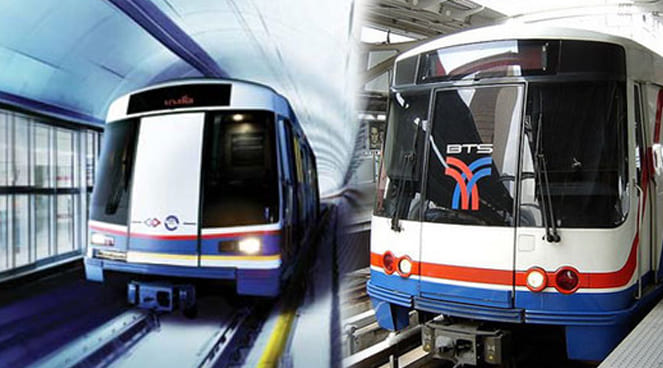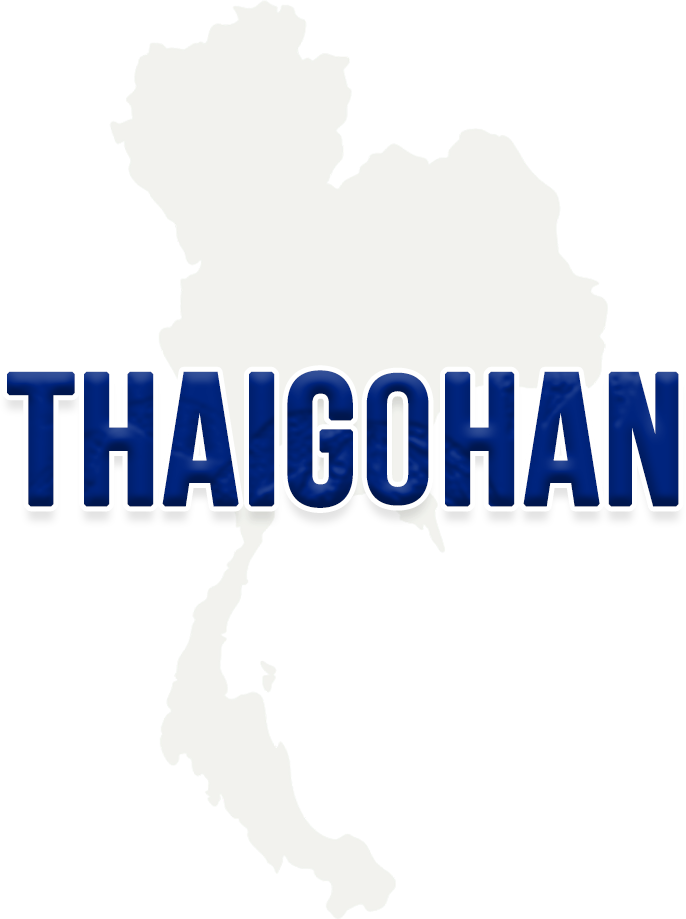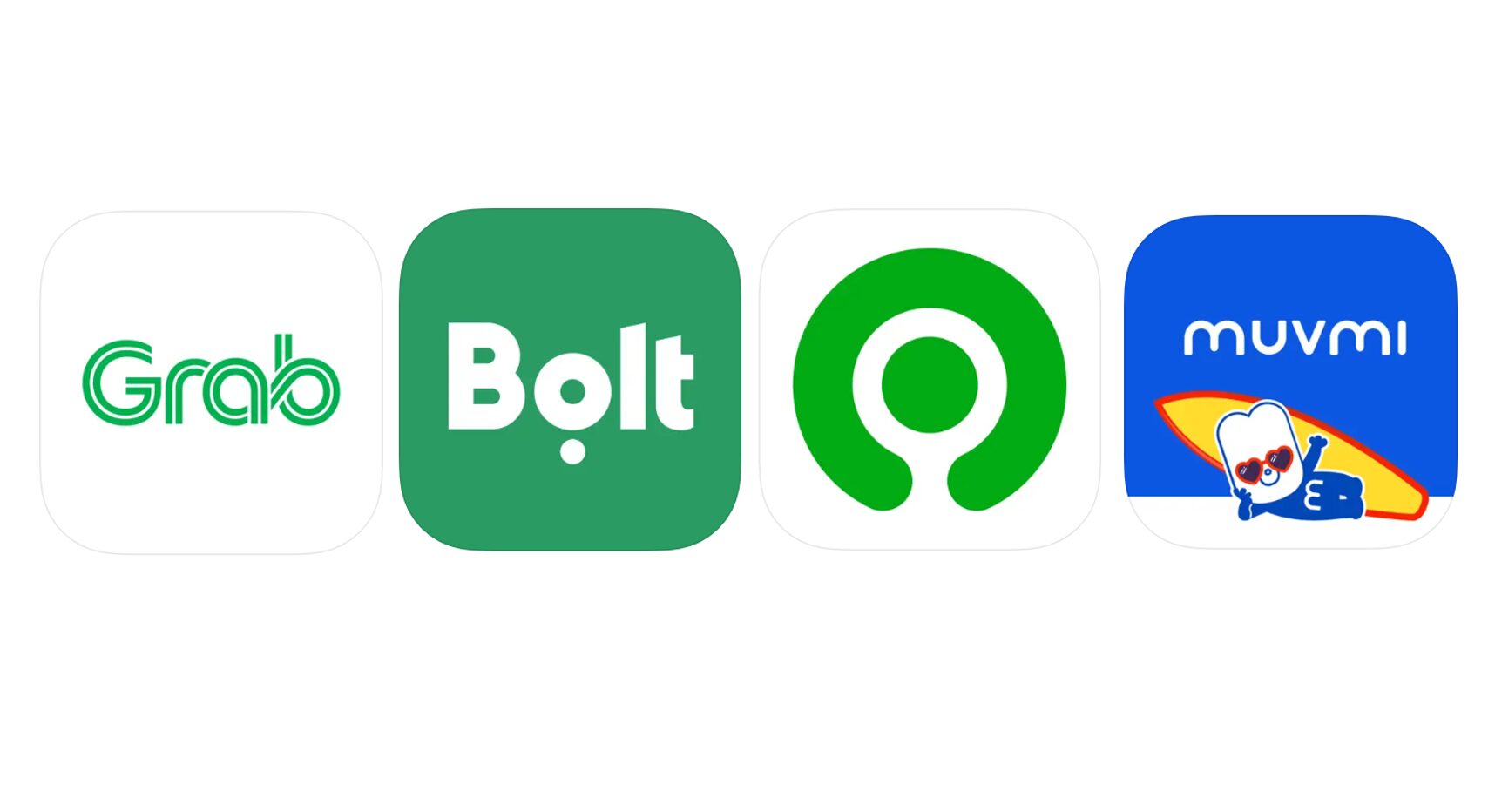BTS vs MRT: A Beginner’s Guide to Bangkok’s Train Systems and How to Use Them

Getting around Bangkok can be overwhelming for first-time visitors. The traffic is notorious, and figuring out taxis or buses may not always be practical. That’s where Bangkok’s train systems—BTS (Skytrain) and MRT (subway)—come in. Clean, affordable, and efficient, they are must-use tools for anyone exploring the Thai capital.
In this guide, we’ll break down the differences between BTS and MRT, explain how to use them, cover routes and fares, and offer tips to help you travel like a local.
目次
1. What Are BTS and MRT?
- BTS (Bangkok Mass Transit System)
Commonly called the Skytrain, BTS is an elevated rail system running through Bangkok’s central business and shopping areas. - MRT (Metropolitan Rapid Transit)
MRT is Bangkok’s subway system, reaching beyond the city center into more local, government, and residential zones.
| Feature | BTS | MRT |
|---|---|---|
| Type | Elevated (Skytrain) | Underground (Subway) |
| Focus Area | Tourist & business districts | Broader city coverage |
| Transfers | Limited | Limited |
| Visibility | Tracks are visible | Entrances less obvious |
2. Route Overview and Key Areas
- BTS Sukhumvit Line (Green): Siam, Asok, Phrom Phong, On Nut
- BTS Silom Line (Dark Green): Silom, National Stadium, Saphan Taksin
- MRT Blue Line: Chatuchak, Sukhumvit, Hua Lamphong (main train station)
- Other MRT lines (Yellow, Purple): Mostly serve outer Bangkok areas
Use Google Maps or the official apps to check which line is best for your route.
3. Fare Structure and Payment Methods
- BTS fare: 16–59 THB (based on distance)
- MRT fare: 17–43 THB
Payment options include:
- Coins or bills at ticket machines
- Smart cards (stored-value)
- QR code or contactless credit card at some stations
Note: BTS and MRT use separate card systems—they are not interchangeable.
4. How to Buy Tickets and Use Smart Cards
Buying Single Tickets
- Use ticket machines by selecting your destination
- Some machines only accept coins (especially on MRT)
- You’ll receive a plastic token (MRT) or paper card (BTS)
Using Smart Cards
- Rabbit Card (BTS): Great for frequent travelers, avoids queueing
- MRT Card: Similar in function but works only on MRT
- Available at station counters with initial top-up required
Bonus tip: Tourist day-passes are sometimes available at major BTS stations.
5. Transferring Between BTS and MRT
The most common interchange is:
- BTS Asok Station ↔ MRT Sukhumvit Station
These are connected via an underground passage.
Note: You’ll exit one system and enter the other, and pay again as they’re separate operators.
Pro tip: Plan routes ahead and allow time for transfers.
6. Best Routes for Popular Tourist Spots
| Destination | Nearest Station | Line |
|---|---|---|
| Siam Paragon | BTS Siam | BTS Sukhumvit/Silom |
| Chatuchak Weekend Market | MRT Chatuchak or BTS Mo Chit | Both |
| Terminal 21 | BTS Asok or MRT Sukhumvit | Both |
| Wat Pho / Grand Palace | MRT Sanam Chai | MRT Blue |
| Chao Phraya River Boat | BTS Saphan Taksin | BTS Silom |
7. Peak Hours and How to Avoid Crowds
- Rush hours:
- Morning: 7:30–9:30 AM
- Evening: 5:00–7:00 PM
- Tips to avoid congestion:
- Travel outside these windows
- Use smart cards for faster entry/exit
- Look for women-only carriages on BTS (clearly marked)
8. Conclusion: Explore Bangkok Efficiently
BTS and MRT are the most convenient ways to move around Bangkok without getting stuck in traffic. While BTS serves the heart of the tourist areas, MRT helps you reach more local neighborhoods. Understanding the differences, using smart cards, and planning transfers will make your journey smooth and efficient.
With just a little preparation, Bangkok’s trains can turn a confusing city into a traveler’s playground. Get your app, grab a map, and ride like a local!



